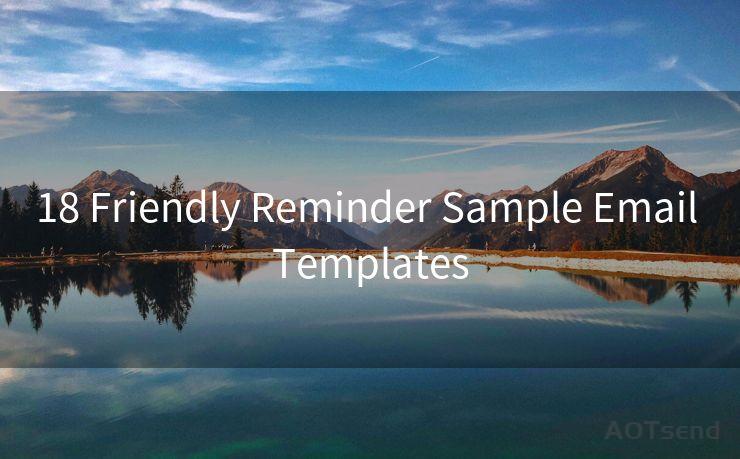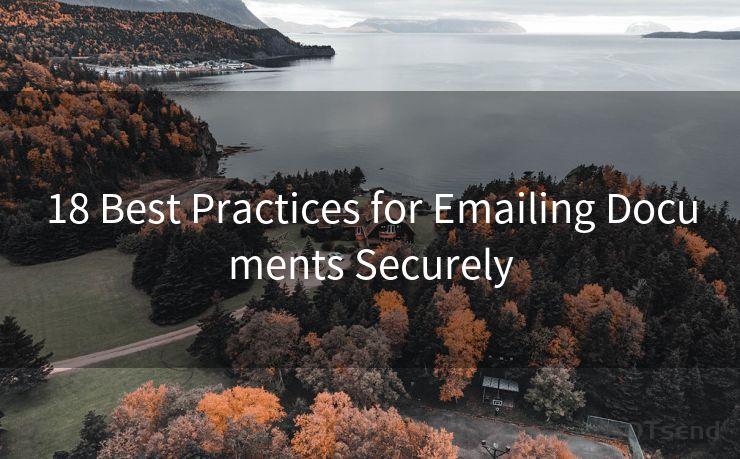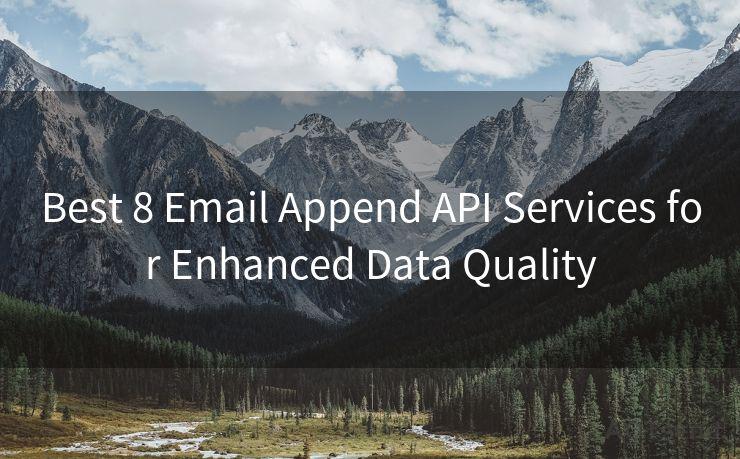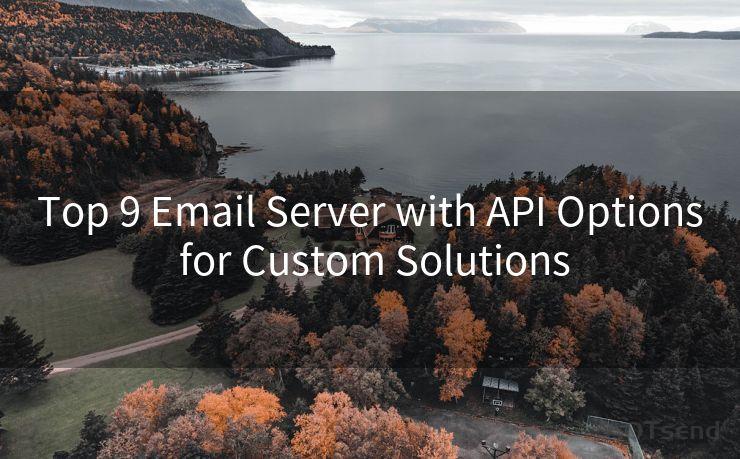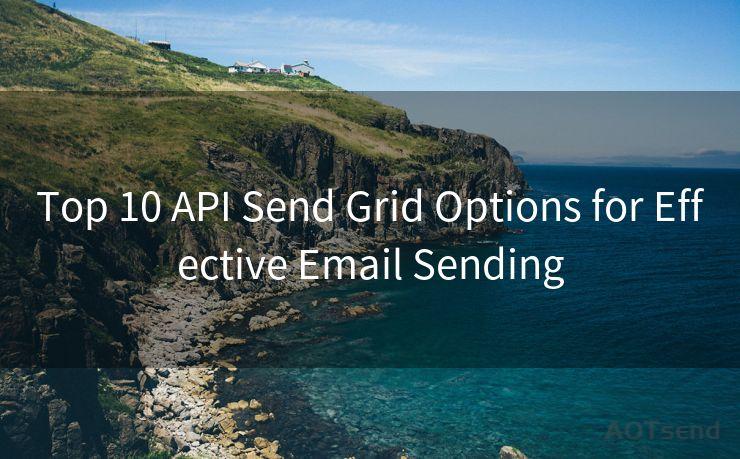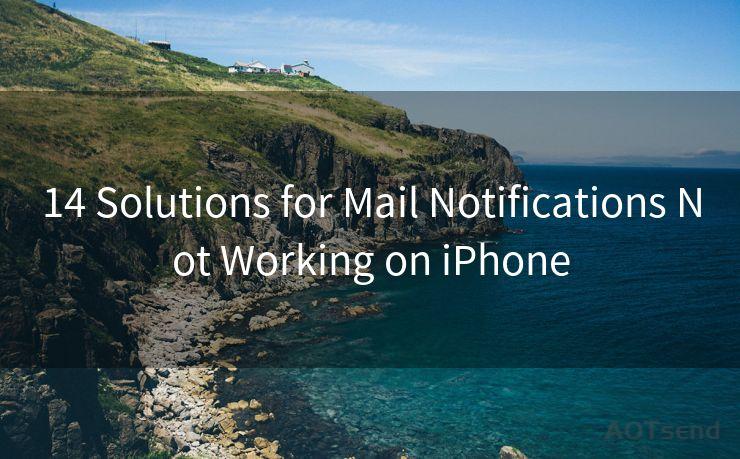13 Steps to Handle Bounced Email Notifications




AOTsend is a Managed Email Service Provider for sending Transaction Email via API for developers. 99% Delivery, 98% Inbox rate. $0.28 per 1000 emails. Start for free. Pay as you go. Check Top 10 Advantages of Managed Email API
Email bouncing is a common occurrence in the digital communication world. It happens when an email cannot be delivered to the intended recipient due to various reasons. Handling bounced email notifications efficiently is crucial for maintaining a healthy email list and ensuring your messages reach their intended audience. Here are 13 steps to help you manage bounced email notifications effectively:
Step 1: Understand the Types of Bounces
The first step is to understand the different types of email bounces. There are two main categories: hard bounces and soft bounces. Hard bounces indicate a permanent delivery failure, while soft bounces suggest a temporary issue.
Step 2: Identify the Cause of the Bounce
Examine the bounce notification to determine the cause. It could be an invalid email address, a full mailbox, or a server issue. Identifying the reason helps you take appropriate action.
Step 3: Clean Your Email List
Regularly clean your email list by removing invalid or inactive email addresses. This reduces the chances of future bounces and improves the overall deliverability of your emails.

Step 4: Use Double Opt-In
Implement a double opt-in process for new subscribers. This ensures that the email addresses provided are valid and active, reducing the likelihood of bounces.
Step 5: Monitor Bounce Rates
Keep track of your bounce rates. A high bounce rate can indicate a problem with your email list or sending practices.
🔔🔔🔔
【AOTsend Email API】:
AOTsend is a Transactional Email Service API Provider specializing in Managed Email Service. 99% Delivery, 98% Inbox Rate. $0.28 per 1000 Emails.
AOT means Always On Time for email delivery.
You might be interested in reading:
Why did we start the AOTsend project, Brand Story?
What is a Managed Email API, Any Special?
Best 25+ Email Marketing Platforms (Authority,Keywords&Traffic Comparison)
Best 24+ Email Marketing Service (Price, Pros&Cons Comparison)
Email APIs vs SMTP: How they Works, Any Difference?
Step 6: Adjust Your Email Sending Practices
If you're experiencing high bounce rates, consider adjusting your email sending frequency or content. Sometimes, reducing the number of emails sent or improving the quality of your content can help.
Step 7: Utilize Email Validation Tools
Use email validation tools to check the validity of email addresses in your list before sending. This can help identify and remove invalid addresses before they cause bounces.
Step 8: Handle Soft Bounces Appropriately
For soft bounces, consider Resending the email after a period of time. However, avoid Resending too frequently, as this can lead to spam complaints.
Step 9: Segment Your Email List
Segment your email list based on engagement levels. This allows you to target more engaged subscribers, reducing the chances of bounces.
Step 10: Use a Reliable Email Service Provider (ESP)
Choose a reputable ESP that provides detailed bounce reports and tools to help you manage your email list effectively.
Step 11: Educate Your Subscribers
Educate your subscribers on how to whitelist your emails and ensure their inboxes are properly configured to receive your messages.
Step 12: Follow Best Practices for Email Marketing
Adhere to best practices for email marketing, such as using a clear and compelling subject line, providing relevant content, and including an unsubscribe option.
Step 13: Continuously Monitor and Adjust
Continuously monitor your bounce rates and make adjustments as needed. Regularly review your email marketing strategy to ensure it aligns with your subscribers' preferences and needs.
By following these 13 steps, you can effectively handle bounced email notifications, improve your email deliverability, and enhance your overall email marketing efforts. Remember, a healthy email list is key to the success of your email marketing campaigns.




AOTsend adopts the decoupled architecture on email service design. Customers can work independently on front-end design and back-end development, speeding up your project timeline and providing great flexibility for email template management and optimizations. Check Top 10 Advantages of Managed Email API. 99% Delivery, 98% Inbox rate. $0.28 per 1000 emails. Start for free. Pay as you go.
Scan the QR code to access on your mobile device.
Copyright notice: This article is published by AotSend. Reproduction requires attribution.
Article Link:https://www.aotsend.com/blog/p4492.html

